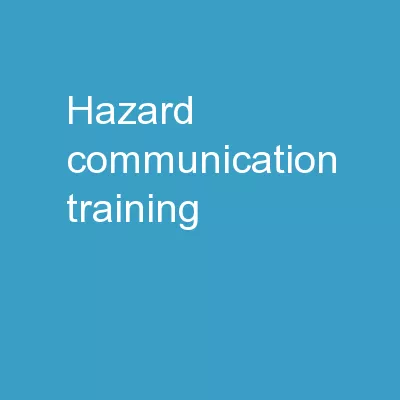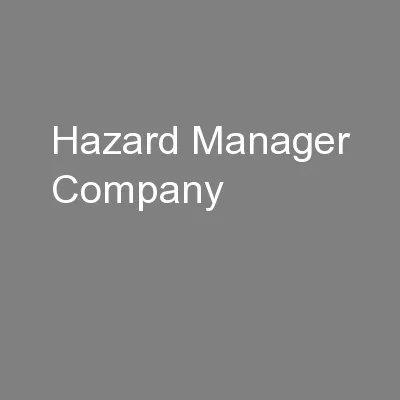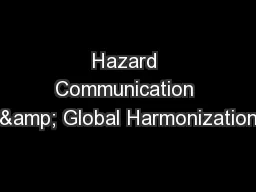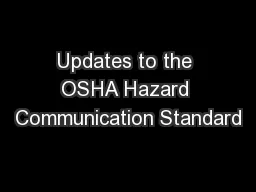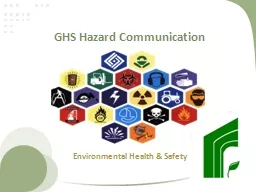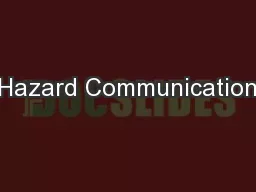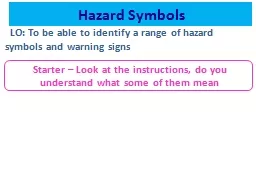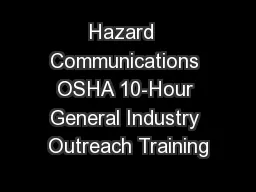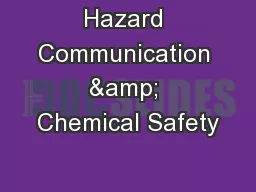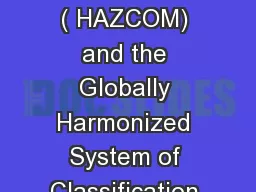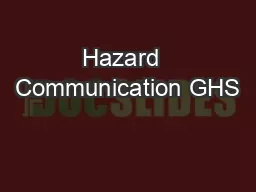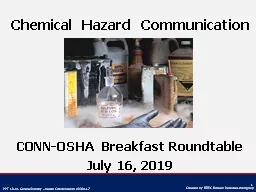PPT-Hazard Communication Training
Author : pamella-moone | Published Date : 2018-12-12
Your Right to Know 29 CFR 19101200 This material was produced under grant number 46D6HT31 from OSHA It does not necessarily reflect the views or policies of the
Presentation Embed Code
Download Presentation
Download Presentation The PPT/PDF document "Hazard Communication Training" is the property of its rightful owner. Permission is granted to download and print the materials on this website for personal, non-commercial use only, and to display it on your personal computer provided you do not modify the materials and that you retain all copyright notices contained in the materials. By downloading content from our website, you accept the terms of this agreement.
Hazard Communication Training: Transcript
Download Rules Of Document
"Hazard Communication Training"The content belongs to its owner. You may download and print it for personal use, without modification, and keep all copyright notices. By downloading, you agree to these terms.
Related Documents

